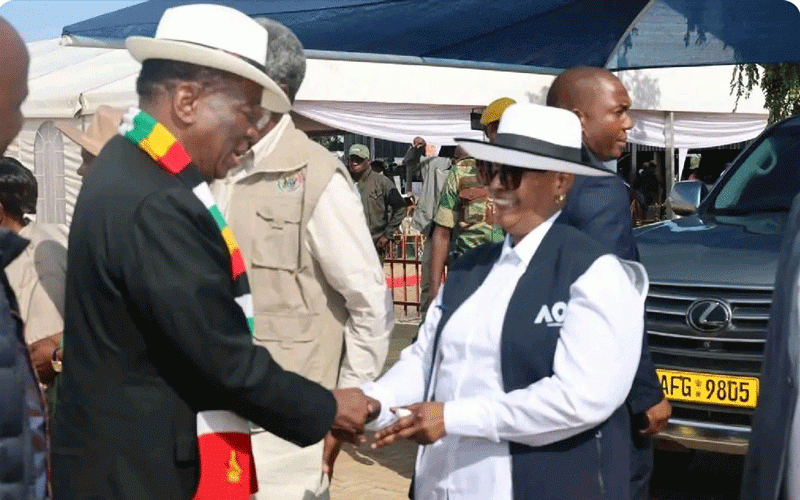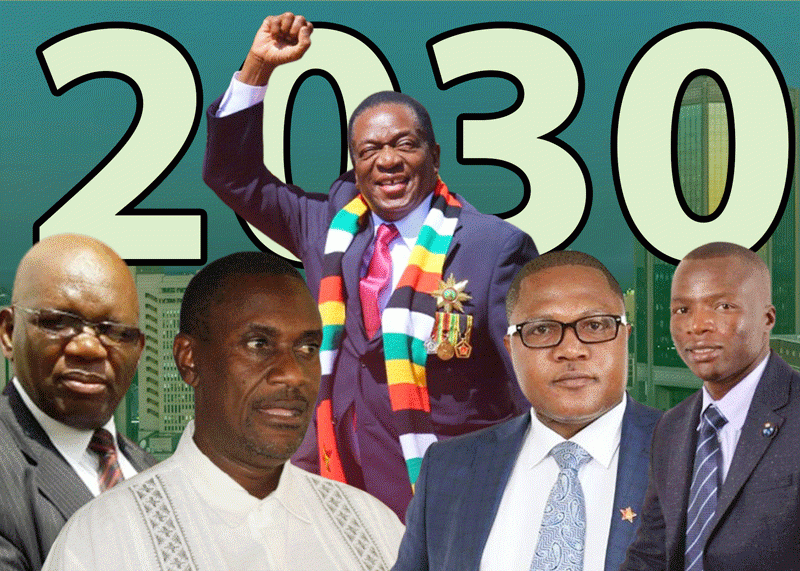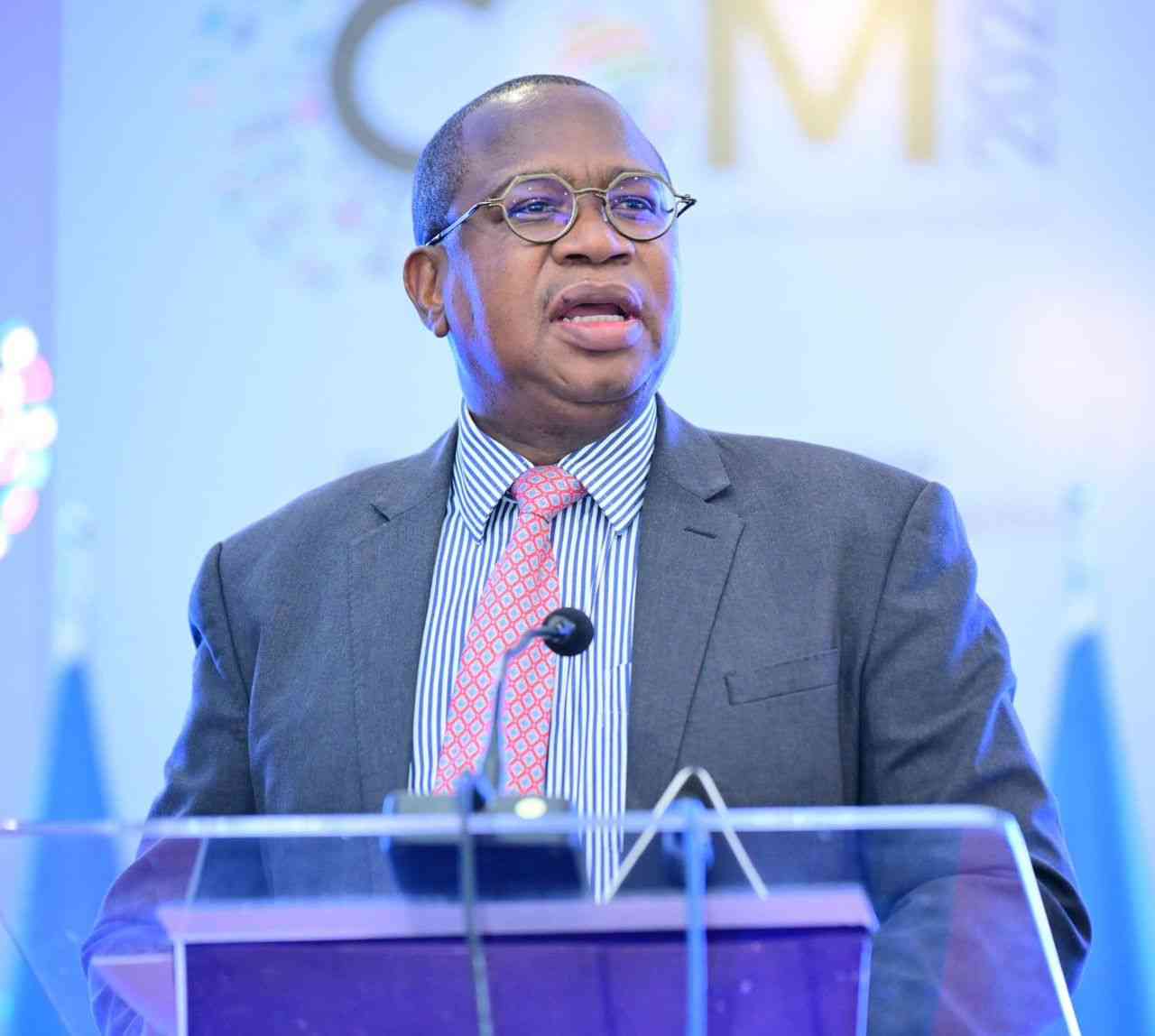It is difficult to erase Bob Marley from our minds especially after Zimbabwe was honoured to be his last performance place in Africa.
He was not only a singer but also a revolutionary who believed in the emancipation of all oppressed people of the world, black people in particular.
This week, we commemorate the death of the reggae superstar, Bob Marley who died on May 11, in 1981 at the age of 36. He left behind a legacy that lives on to this day, and music that still inspires and uplifts us.
Each year since 1982, his memory used to be punctuated by live concerts at different venues in Zimbabwe.
His 1980 performance in Zimbabwe is still being talked about even by those who were not born at the time. Those who attended the concert are now in their fifties or older.
Unfortunately, the icon died a year later after performing in Zimbabwe.
One popular conspiracy theory claims that due to his popular political presence and revolutionary stance in Jamaica, Marley was murdered by the CIA.
It has been suggested that the CIA were behind his attempted assassination at Hope Road in 1976, and that after failing to kill him, they attempted different methods to end his life.
The theory alleges that that Carl Colby, the son of late CIA director, William Colby, gave Marley a pair of boots and, when Bob put them on, a radioactive copper wire inside pricked his toe, causing his cancer.
Bob Marley passed away at the Cedars Of Lebanon Hospital in Miami on May 11, 1981.
As singer Harry Belafonte once said: “You can shoot the singer, but you can’t shoot the song.” This is why we still sing Bob Marley songs today.
His final words to his son Ziggy, were: "Money can't buy life."
Marley died from an acral lentiginous melanoma, which is a form of skin cancer.
He had been diagnosed in 1977, and it had spread from under a nail of his toe.
He first discovered the melanoma while playing football in 1977.
A foot injury seemed worse than usual, and it got worse over time. After doctors discovered it was cancer, he was advised to have his toe amputated.
However, he refused as his Rastafarian faith considers it a sin to have any part of the body ‘temple’ removed. Instead, he agreed to a skin graft, but sadly this didn’t stop the disease spreading throughout his body by 1980.
Marley collapsed while jogging in Central Park during his final tour, and after a performance during Zimbawe’s independence celebrations in April, he performed again at Reggae Sunsplash in Chrystal Palace, London before he played his final gig in Pittsburgh in September 1980.
He then cancelled all remaining live dates and flew to Germany for a diet-based treatment under Josef Issels. There are a lot of conspiracy theories around his treatment and death. There have also been stories that Issels was an ex-SS officer working with the CIA to poison Marley.
However, after eight months of unsuccessful treatment, Marley flew home to Jamaica.
On the flight home, his condition worsened, and he was rushed to hospital on arrival in Miami in Florida, United States. He died on May 11, 1981.
Bob Marley was given a state funeral in Jamaica on May 21, 1981.
The eulogy was delivered by the Prime Minister Edward Seaga.
He was buried in a chapel near his birthplace, alongside his Gibson Les Paul guitar.
Seaga said: "His voice was an omnipresent cry in our electronic world.
Bob Marley was never seen. He was an experience which left an indelible imprint with each encounter. Such a man cannot be erased from anyone’s mind”.
Two years before Zimbabwe’s independence, he had written the song, Zimbabwe while on a visit to Ethiopia with the help of Zimbabwean, Dr. Gibson Mandishona who was also stationed in Ethiopia at the time. The song was written for the Zimbabwean freedom fighters.
Marley had kept his ears to the ground about events in Zimbabwe especially about the liberation struggle.
He became so passionate about the Zimbabwean situation to the extent that he decided that come rain come thunder he would be in Zimbabwe to connect with the people on their independence day.
So he decided to foot the whole bill of transporting his musicians and band equipment to Zimbabwe. He was present when the Union Jack, Flag of British rule was brought down, and the flag of Zimbabwe was raised. After Robert Mugabe had taken oath as Zimbabwe’s new prime minister, another Robert (Robert Nester Marley), stood waiting.
In 1980, veteran nationalist, Edgar ”Two Boy” Tekere who was a senior cabinet minister in the then prime minister Robert Mugabe’s first government was largely credited with extending the invitation to Bob Marley to perform at Rufaro Stadium during the first independence celebrations.
Due to the influential role of Marley’s music, which Tekere had been listening to from his base in Mozambique, he felt strongly that inviting him for the independence celebration was a befitting honour. The problem was how to get in touch with Bob Marley. Comrade Tekere went to Playboy Night Club in the then Union Avenue where he had a drink with the owner of the club, Job Kadengu and Gordon Muchanyuka, another businessman and he told these two that he wanted to invite Marley for independence celebrations but was not sure how to go about it.
Thompson Kachingwe who was a bar manager at the nightclub told them that Mike Mhundwa, a Reggae DJ on Radio Three could possibly put them in contact with Marley. Tekere then asked Kachingwe to bring Mike Mhundwa to the club. Mhundwa met Tekere at the club and told him that the best way to do this was to contact Marley’s recording company, Island Records in London. Island in London passed on the message to Neville Garrick, Marley’s graphic artiste. in Jamaica. Kadengu later called Neville in Jamaica who told them that Marley had agreed and was keen to come to Zimbabwe but they wanted the Zimbabwe government officials to come personally to Jamaica with the invitation on a government letterhead signed by Mugabe.
Mhundwa, Kadengu, Kachingwe and Muchanyuka briefed Cde. Tekere about the acceptance and conditions Bob Marley had laid. Tekere then organised all that. Kadengu and Gordon Muchanyuka travelled to Kingston, Jamaica with an invitation for Bob and Rita Marley only.
(Mike Mhundwa was supposed to go with them to Jamaica but he had pressing issues in Harare. He later went to Jamaica after Bob Marley’s funeral.)
Marley said that he wanted to travel with his whole band and wanted the Zimbabwe government to invite all of them, but Kadengu said that the new government could not afford it. Marley then decided to pay using his own money for the flights of his band of twelve musicians, his backing vocalists, The I- Threes who consisted of his wife Rita Marley, Judy Mowatt and Marcia Griffiths together with his son, Ziggy as well as the music equipment that included a 21 tonne - 35,000 watts P.A. system which he hired from London. He also hired a Boeing 707 plane from London to freight all this equipment for 100,000 pounds.
Chris Blackwell, (whom radical Peter Tosh kept calling Chris Whitewell) who was Marley’s then manager was not happy about this arrangement and did his best to discourage Bob from going to Zimbabwe.
Bob, however defied all expectations and came to Zimbabwe at his own expense.
After Marley’s death, I met Rita Marley with Neville Garrick in Hyde Park, London in 1983 when she had come to promote her single One Draw. All she said to me was: “When you go back to Zimbabwe, tell Brother Mike Mhundwa that he is forgiven.” She did not elaborate. I later asked Mike Mhundwa what this was all about, but he did not tell me either.
In the 1990s, Rita relocated to Ghana with Bob Marley’s family. In 2013, she petitioned for and was granted citizenship in Ghana. Rita Marley now has a Ghanaian name — Nana Afua Abodea.
In Accra, Ghana, Rita Marley created the Rita Marley Foundation, a charitable organisation and also Studio One in memory of her deceased husband. This week, she also celebrates Marley’s 42nd anniversary.
It was Bob Marley’s visit to Zimbabwe that opened the doors for many Reggae artistes to this country. Misty in Roots, Jimmy Cliff, Aswad, King Sounds, Culture, Don Carlos, Dennis Brown, Eric Donaldson, Gregory Isaacs, Marcia Griffiths, Freddie McGregor, Jah Cure, Mavado, Ijahman Levi, Luciano, Mutabaruka, Tony Rebel, Sizzla, Maxi Priest, Sean Paul, UB40, Lucky Dube and many more, too numerous to mention are artists that came to perform in Zimbabwe after 1980. UB40 are back again in two weeks’ time.
Many Zimbabwean promoters tried to get Peter Tosh to do a performance in Zimbabwe. He said that he would perform in Zimbabwe only if he got a direct invitation from Robert Mugabe and two visitors from his cabinet to Jamaica,just like what happened with Bob Marley.
That was defiant Tosh. He even refused to go to Bob Marley’s funeral because he didn’t believe that Bob Marley was dead. In his own words: “Him nah dead! Rastaman don’t dead. Him ah just passing through!”.
As Bob Marley put it: “There is so much things to say”, but this space is not enough for me to do that.
Feedback: frezindi@gmail.com





